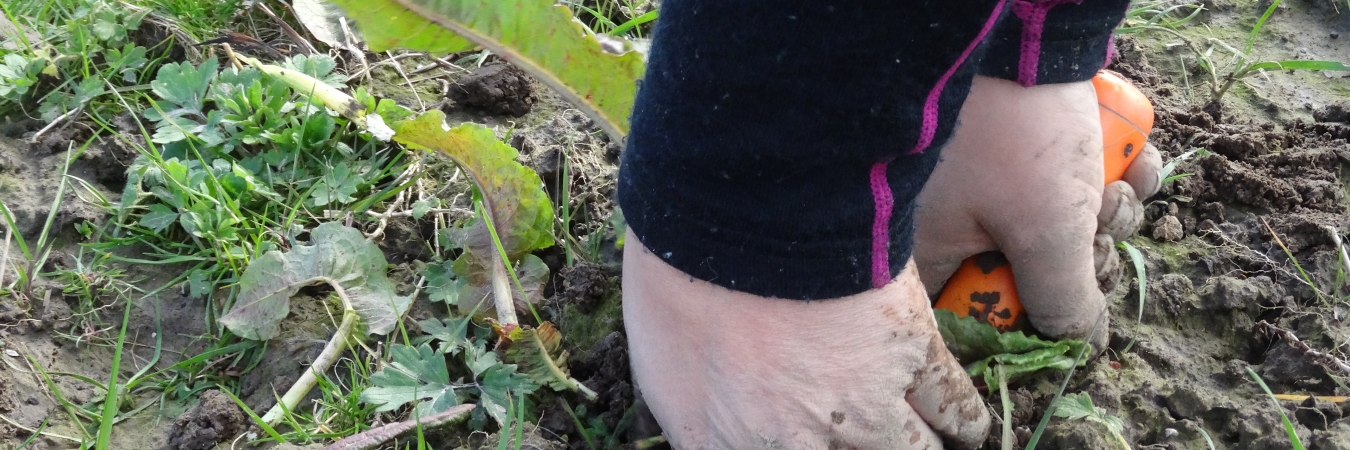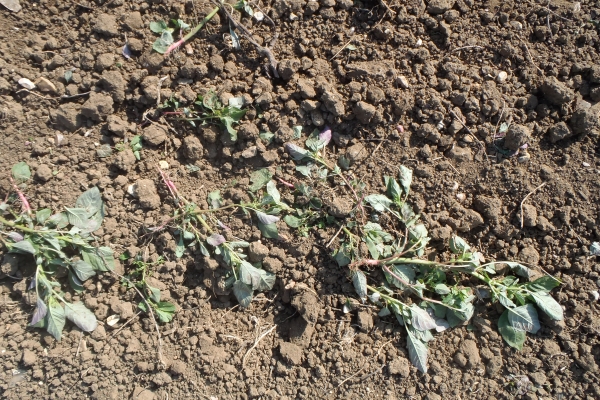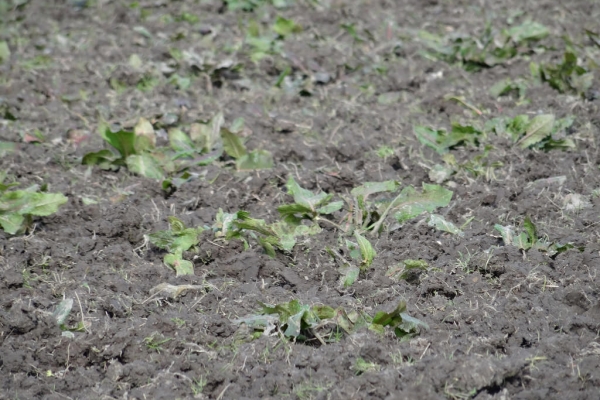Dock Control
Combining the best methods for successful control
Resource explained
Controlling the two main dock species broad-leaved dock (Rumex obtusifolius) and curly dock (Rumex crispus L.) without recourse to herbicides can be particularly challenging. On organic farms, it is best to combine several measures. Only by dealing with the causes of dock proliferation can the reproductive cycle be broken and long-term control be achieved. This technical guide, produced as part of the Organic Knowledge Network (OK-Net) Arable project, lists causes for the spread of dock, suggests solutions for restoring infested farmland, and presents latest innovations in dock control. It includes information on morphological features of docks, digging out and tilling in permanent pastures, and oversowing or reseeding permanent pasture. The strategy presented builds on measures to prevent establishment of docks. Depending on the level of infestation, different techniques are recommended for removing and suppressing established docks.
Findings & recommendations
- Docks have a great ability to re-grow and suppress other plants after cutting or grazing. They also have enormous reproductive potential.
- Your dock control strategy should involve avoiding causes of dock proliferation (gaps in crops, weakened crops, spreading of dock seeds), assessing the dock density, and then selecting appropriate control measures.
- Broad-leaved docks spread most rapidly in intensively cultivated grassland with excessive fertilisation or manuring and over-grazing, but also in under-grazed or poorly managed pasture.
- Wet fields and soils rich in nitrogen, potassium and magnesium are particularly inclined to encourage docks.
- Avoiding soil compaction (and reduced grass competition) will help discourage docks.
- Dock seeds are dependent on light to germinate. A dense sward will help prevent establishment in grassland.
- From the 5-6 leaf stage onwards, docks cannot be controlled by grazing or competition from pasture grasses.
- In permanent pastures with a weak proliferation of docks, digging out and tilling is the most effective method. The ideal time for single plant control is at the dock’s rosette stage.
- The presence of more than 2 dock plants per square meter or a proportion of less than 15% of valuable forage grasses in the pasture requires full dock control cultivation and reseeding of the entire area; oversowing will not be effective.








